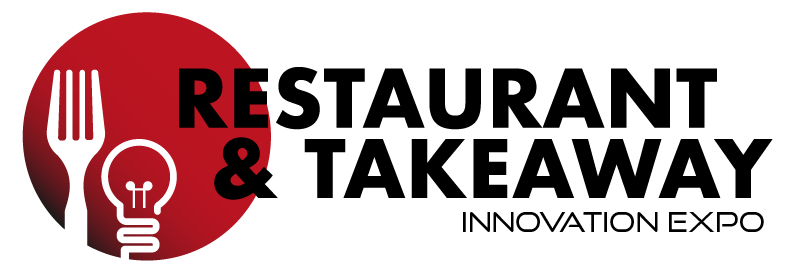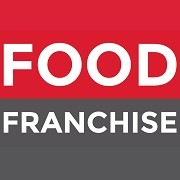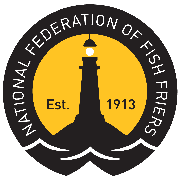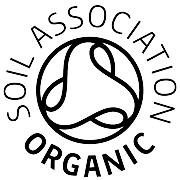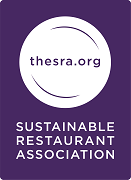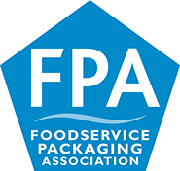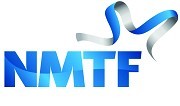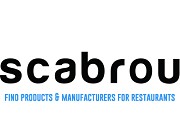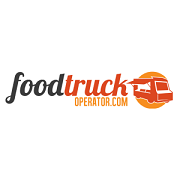Compliance help for the 80% of business owners unprepared for Natasha’s Law

New food labelling regulations – known as Natasha’s Law – are coming into force on 1
October 2021, to improve how food allergens are highlighted to protect consumers with
allergies.
Larger food manufacturers, retailers and franchises have been preparing for Natasha’s Law
for some time, but there is concern that smaller, independent businesses have been left out
of the loop.
With the NHS estimating that around 2 million people in the UK have a diagnosed food
allergy – including those for whom their allergy is life-threatening – most would agree that
better labelling and food safety is a good thing.
However, figures released by business standards body GS1 UK, just a month before
Natasha’s Law is due to come into force, make for some alarming reading(1) :
? 8/10 food business owners feel unprepared for the new food regulations
? 4/10 across the food industry have never heard of Natasha’s law
? Just 6/10 have taken steps to get their place of work in a good position ahead of 1
October
Natasha’s Law: the background
In 2016, teenager Natasha Ednan-Laperouse, who was allergic to sesame, died after eating a
shop-bought baguette that did not mention sesame as an ingredient on its label.
Natasha was one of an estimated two million people in the UK with a diagnosed food
allergy, and her death was the catalyst for calls for improved food allergen labelling to
prevent such tragic events from occurring in future.
This led to changes in food labelling regulations – Natasha’s Law – which comes into force in
October. From then, full ingredients labels including the 14 food allergens will need to be
clearly labelled on pre-packed for direct sale (PPDS) products.
These allergens are: celery, cereals containing gluten, crustaceans,
eggs, fish, lupin, milk, molluscs, mustard, peanuts, sesame, soybeans, sulphur dioxide and
sulphites (if at a concentration of more than ten parts per million) and tree nuts.
How can I prepare my business for Natasha’s Law?
There are some grey areas as to exactly what is covered by PPDS, so the simplest way to
ensure that you’re complying with Natasha’s Law is by having robust labelling information in
place across all your products. Then you can be sure that your clients have easy access to
exactly what is in the food you’ve made and can make an informed choice as to whether it’s
safe for them to eat.
But how does that work in practice for small businesses? Those small business owners that
are aware of the changes are concerned that compliance means either laborious, manual
logging of all ingredients (which also raises the potential for errors), or prohibitively
expensive technology or software solutions that were originally designed for big,
commercial food businesses.
Solutions to make food labelling compliance easier
The good news is that there are software and labelling systems available to make your food
labelling processes more efficient, consistent, and importantly, more accurate. And they
don’t have to cost the earth.
With Allergen Checker, you can meet all your food labelling needs, from printed ingredient
labels to menus, from less than £1 per day.
Allergen Checker was launched in 2014, by Mark Morgan-Huntley, a chef-cum-entrepreneur
with more than 30 years’ experience in kitchen and restaurant management.
"Food labelling has never been as important as it is now," Mark explains. "I've seen first-
hand how challenging it is to get the correct information to the customer.
“Nobody wants to make anybody ill by not providing them with the right details: the new
regulations have really tightened up the process to stop people slipping through the net.
“And turning a blind eye isn't an option - the consequences for the customer, and your
business, are too great.”
Contact us now for no-obligation advice on how we can help you and your business or sign
up for a free trial.
(1) For full details of GS1 UK’s findings click here.





